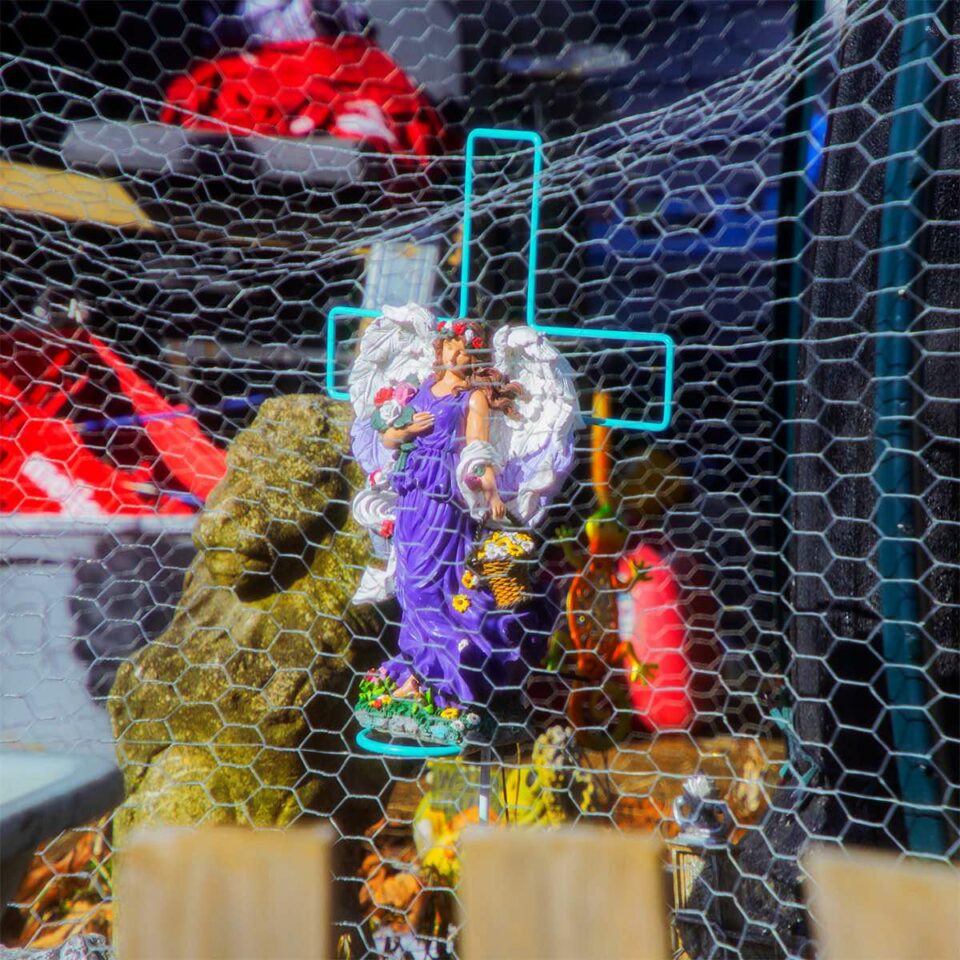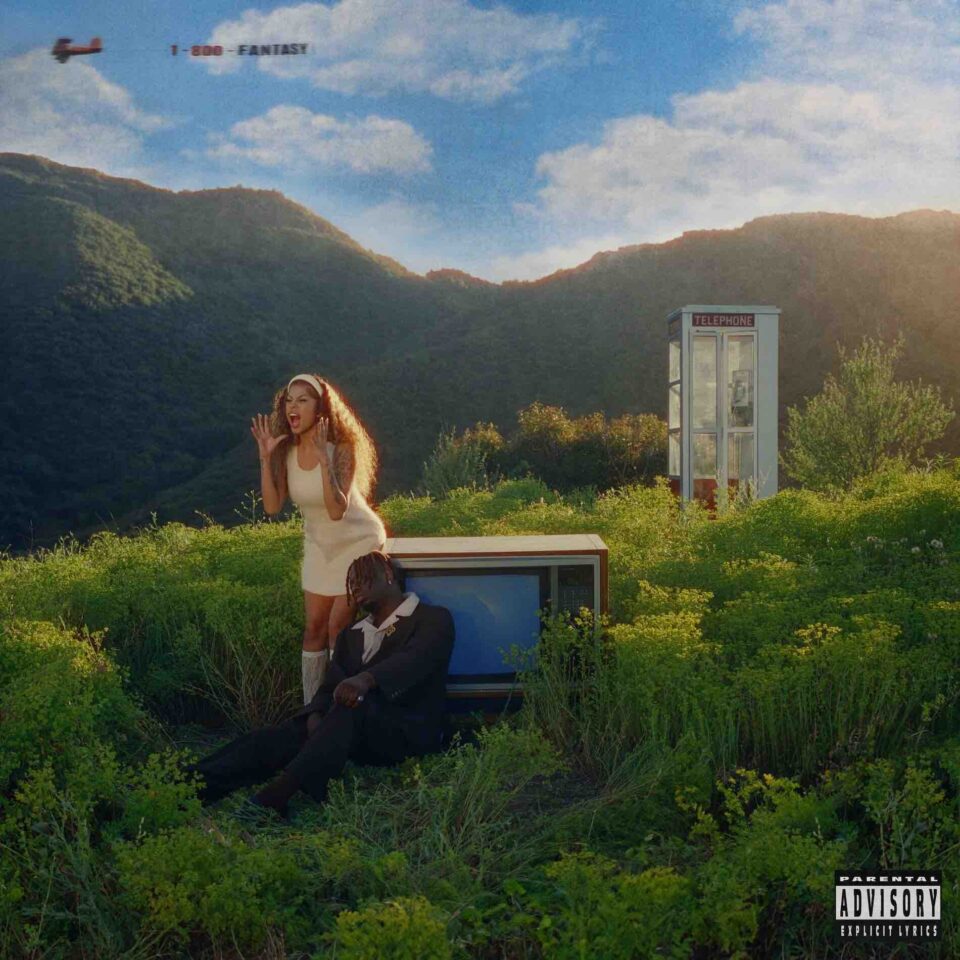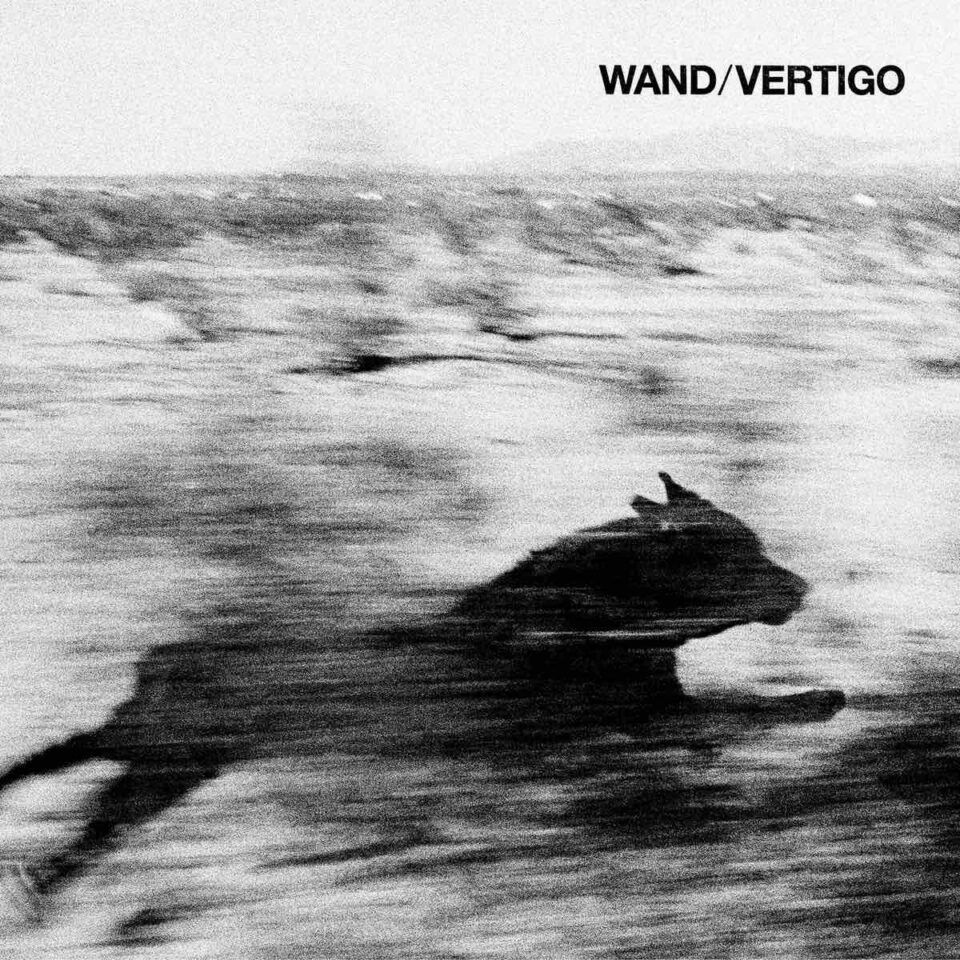Gen Hoshino is an artist of many diverse talents and richly complex moods. Along with bubbling through a stream of dramatic television, film, and writing work, the musical sensation has moved, in his 39 years, from exotica-based instrumental pop (his first band SAKEROCK) to a solo vocal career that’s shifted quickly and seamlessly from folksy Americana, to oddball EDM, to fussy funk, to a beat-heavy amalgamation of all-the above before touching on self-written English-language pop on the cusp of his fortieth birthday.
By calling the equally eclectic Haruomi Hosono of Yellow Magic Orchestra fame his mentor and primary influence, Hoshino set himself up in a glorious place of genre-babbling artistry far beyond J-pop, where only true legends such as YMO’s Ryuichi Sakamoto, Beck, Prince, Bowie, and Byrne reside.
As eternally youthful as he is high-minded and aesthetically driven, Hoshino’s move to the English language and American audiences (he played in NYC in 2019 with friend-producer Mark Ronson joining him on stage) found him recently in the good company of Missy Elliott and Madonna while remixing Dua Lipa’s “Good in Bed” for her new Club Future Nostalgia album. Promising a continued relationship with the Americas beyond his palpitating fame in Japan means that Hoshino’s relationship with trendy J-pop is already in his rearview mirror
Through Zoom, and with the aid of a translator by his side, Hoshino and I ran down the history and mystery of his career so far.
Do you mind telling me when exactly music went from hobby to passion?
In regard to singing, I was initially doing it as a hobby. Even though I was just singing for fun, I actually sang in front of an audience several times. One time, an attendee at one of my live performances started crying right in front of me during my song. Up until that point, I didn’t think my music had that kind of power. I loved music and was passionate about turning it into a career, but I never considered doing the same with my singing. That all changed when I saw that attendee crying in front of me during my performance, and I thought to myself how my singing could move the hearts of others, and how I just might be able to invoke some kind of emotion in the people who listen to my songs. Some time after that, Haruomi Hosono reached out to me and I realized it was time to get down to business.
I know that Haruomi Hosono is not only an influence on your work, but something of a mentor—what can you say about him and his influence upon your actual music and how you operate as an artist?
By the time I got to know Hosono-san, YMO had already disbanded. Officially, he had stopped most of his musical activities, and it was around the time he was making ambient music. I started listening to Hosono-san’s music when I was in high school. The second I listened to his music, I truly thought from the bottom of my heart how fun his music was. Hosono-san has made so much music in his career, and every time his style is completely different. I realized that despite his style changing all the time, it was perfectly fine. Even though he wasn’t a vocalist, he still sang his own songs, and that really left an impression on me.
“When I make albums, my feelings toward my own music are paramount. I’m always wondering how I can best bring my vision to life through my music.”
Your solo work bounces back and forth from using elements of dance music, deep electronic, soul, and folk—things that don’t often play well with each other. How do you believe you make this work?
The message I ultimately got from Hosono-san was: “No matter the genre, just make what you like.” Listening to Hosono-san’s music really affirmed the thoughts inside my head saying, “This is interesting, I want to try something like this now,” or “If I combine this kind of music with this kind and give it my own twist, that’d be fun!” It didn’t feel like he was winging his music or just doing it because it pays. It really felt like he was making music because he truly loved it.
Even though I still listen to popular songs and what other Japanese artists are making, I don’t let them influence me, and I try my best to focus on what I personally want to do. Music genres aren’t that clearly defined anyway, and their boundaries are ambiguous at best. I’m just doing what I want to do. When I make albums, my feelings toward my own music are paramount. I’m always wondering how I can best bring my vision to life through my music.
Your solo album Yellow Dancer features a very Black American sound. Some people would consider this kind of thing cultural appropriation, while other people feel it’s just influence. I’m curious how you feel about that.
I’d like to talk a little about my musical roots, stemming largely from the movie The Blues Brothers, which I watched growing up. Through that movie I came into contact with R&B, blues, and jazz, and it felt like I was awakened to the sheer fun of music. When my parents were younger, they aimed to be jazz musicians, so they’d play modern jazz and R&B every day around the house. I wanted to make something similar to those roots of mine and that became Yellow Dancer. I really loved to dance, but there’s this impression that Japanese people are fundamentally bad at dancing, and that at a concert, the attendees would look around at each other before getting down to dance. There aren’t many people who dance in their own unique way. I wanted Japanese people to dance freely, and with that thought in mind, I gave Yellow Dancer its name.
At the time, I incorporated elements of Black music into my work, and with my desire to see Japanese people dance, I ended up calling my music “yellow music.” It wasn’t because I wanted to plagiarize or appropriate Black culture. I wanted the Japanese listeners in the Japanese market to turn their heads toward my music and my strong desire for them to dance. Now that I think about it, it was wrong of me to give it that name. The album Yellow Dancer was strongly influenced by Black music, but it was also influenced by music from many other countries that I love, including Japan. It’s absolutely impossible for me to paint my music, which was made by assimilating all these different sources of inspiration into that one color: “yellow.”
Are you aware of what’s going on in the United States in regard to the Black Lives Matter Movement?
Yes, I’m aware of the Black Lives Movement and I’m fully in support of it. From the bottom of my heart, I want all forms of discrimination to disappear. There’s still a lot that I don’t know about BLM, and I want to become more knowledgeable about the history and the people involved, and because of that I’ve been reading books on the subject and watching the news closely. In Japan, there isn’t much news about BLM and little information actually gets through. I’m always thinking about how I can share what I’ve learned with my fans. That’s why on Instagram I’ve been posting links to movies like 13th and a variety of articles and books related to what I’ve learned.
“There’s this impression that Japanese people are fundamentally bad at dancing, and that at a concert, the attendees would look around at each other before getting down to dance. I wanted Japanese people to dance freely, and with that thought in mind, I gave Yellow Dancer its name.”
What do you think of such easy categorization as J-pop or K-pop?
About a year ago, I felt the J-pop tag was something unique and original. But after collaborating with artists from overseas and going on my own world tour, it didn’t feel right to just call my music J-pop. If you really think about it, there are all these sub-genres inside rock, R&B, and soul, and nowadays it’s not just J-pop—the boundaries of genre itself are disappearing. That’s why I want to come up with a new, more suitable name for describing my music. Right now, my music is classified as J-pop on Apple Music and Spotify, but I want to take some time to think about what name would best fit the music I want to make and change it when the time comes.
Your most recent full-length, Pop Virus, embraced so much of who you are and have been musically and thematically. What were you trying to say with that record, and do you feel as if it was a sort of endpoint, putting a period on a certain aspect of your career?
Like you said, there’s no doubt that Pop Virus is the work of my entire career up until this point. As more people listen to my music, I can feel a bit of frustration welling up inside me, stemming from the growing gap between what I consider to be pop and what the public considers to be pop. For example, the pop that I want to bring to people doesn’t make it to the charts, and even though I really love hip-hop, there are very few independent hip-hop artists on Japanese music TV programs now. That’s absolutely frustrating for me. The theme of Pop Virus was to take the music that I love—or what I think of as pop—blend it into my music like a virus, and change the way people think about pop by infecting them with my own vision of it.

photo by Jiro Konami
Why was there a need to communicate or write in English on your single “Same Thing” as opposed to any other language?
When I decided to make music with Superorganism, I could have written the song in Japanese, but I wanted to try making music in a different language. The band’s vocalist, Orono—who’s a great friend of mine—writes and sings in English, so with her help I tried my hand at writing my own English song. The reason why I was interested in the whole process of making music in English is that I was fascinated with English-speaking cultures. Like I said before, my parents wanted to be jazz musicians, so they went to New York quite often before I was born, and they told me countless stories when I was little of how they met many musicians who lived there and how they soaked in many different cultures. I really wanted to go to New York, speak English, and try communicating with the people who live there myself. I thought about how nice it’d be if I could do the same through music.
You recently took part in Dua Lipa’s new remix album. How did you two get together in the first place? How did you agree on the song “Good in Bed”? What does it mean to you to be on the same album as Missy Elliott and Madonna?
“From now on, I want to become more genreless—I want to become a musician who writes music befitting the ‘Gen Hoshino’ genre.”
I collaborated with Tom Misch on my Same Thing EP and we’ve been good friends since then. One day, Tom’s manager suddenly asked me to help in making Dua’s remix album, and since I loved Dua I immediately answered, “Yeah, I’ll do it!” That was it. I listened to the entirety of Dua’s Future Nostalgia and a remix for “Good in Bed” came naturally to me, so I asked, “Mind if I do this?” and Dua’s team gave me the thumbs up. I was really happy to hear that they loved the remix. I was really surprised when I heard Missy and Madonna were on the album too, because I got the information like everyone else. I noticed that Mark Ronson was also on the album and I said, “Hey, that’s my friend!” I was really excited about that.
Considering what you did on Same Thing, what can you tell me about what the immediate future holds for working with additional American influence?
Same Thing was like a journey to me. I felt like I went to a lot of different places and met all kinds of different people, and it really made me realize what my music really is. By making Same Thing, I remembered the pure, unadulterated love I felt toward music that I almost forgot because of the meteoric rise of Pop Virus and the fact that I was caught in the middle of the madness known as the Japanese music market. From now on, I want to become more genreless—I want to become a musician who writes music befitting the “Gen Hoshino” genre. Music like Dua Lipa’s remixes or “Create,” which I unveiled for the Super Mario Bros.’ 35th anniversary recently.
What was the very first music you fell in love with?
The church scene from Blues Brothers, I suppose. James Brown was singing a gospel song and everyone was dancing to it. Just like John Belushi, I thought, “I have seen the light!” and I fell in love with music the exact moment I saw that scene. I was so excited that it felt like my blood was rushing through my whole body. FL









